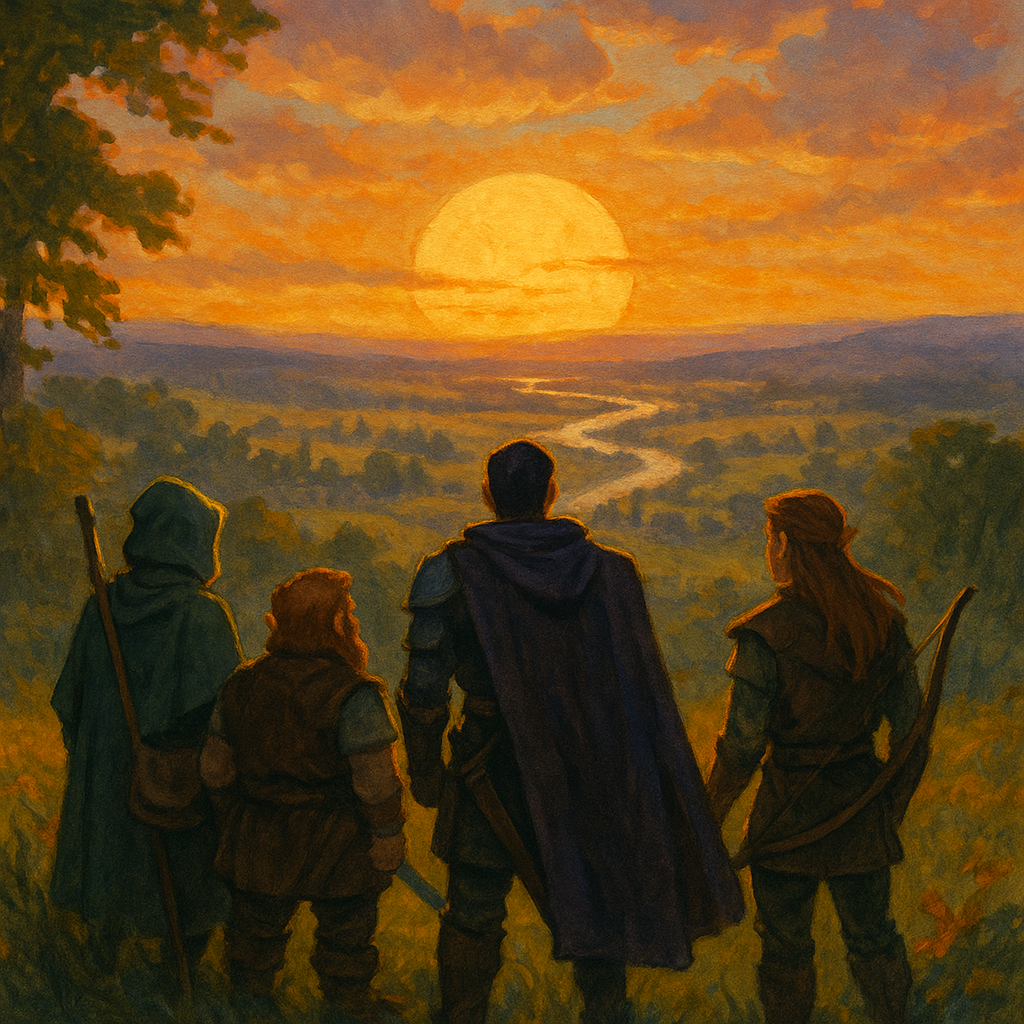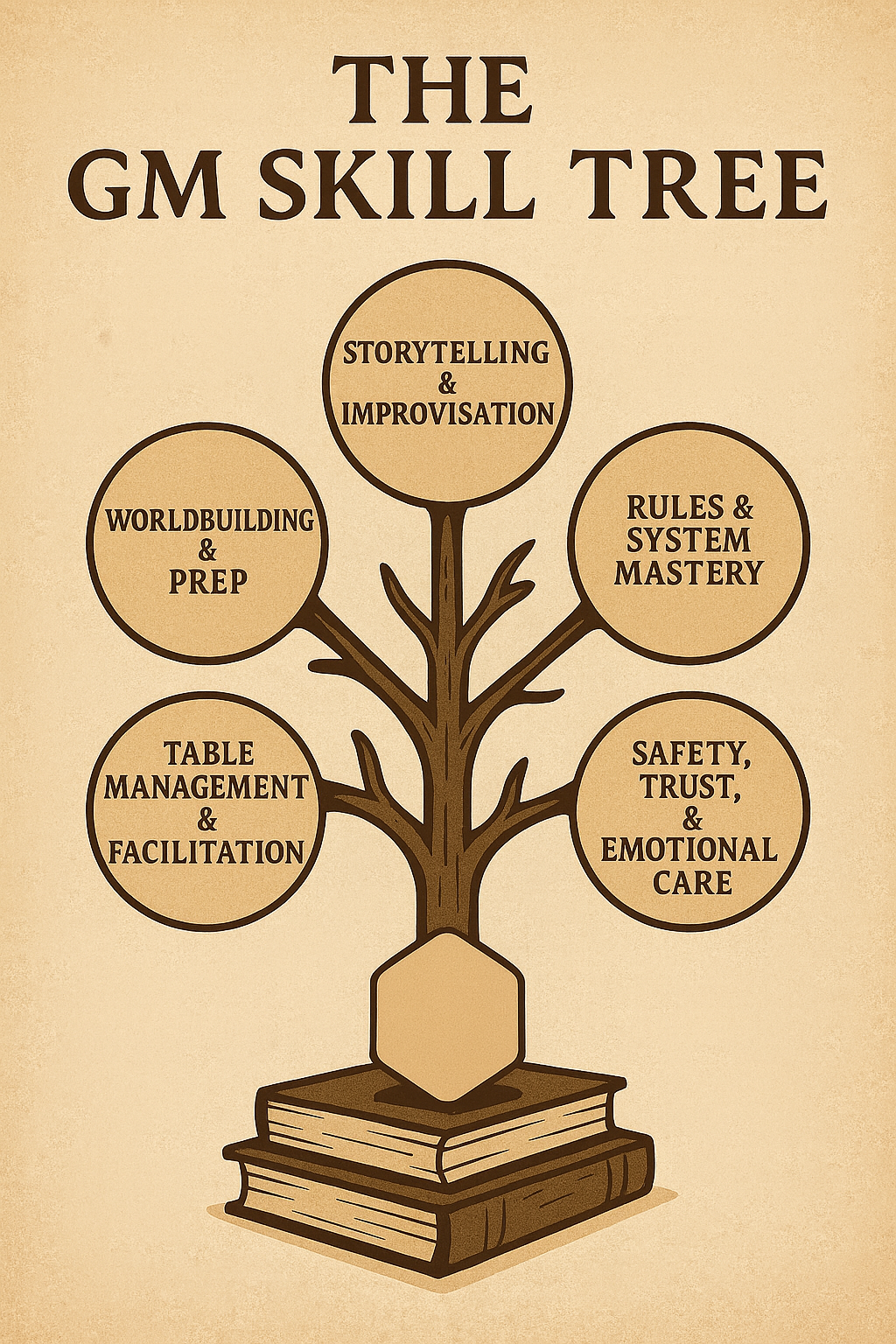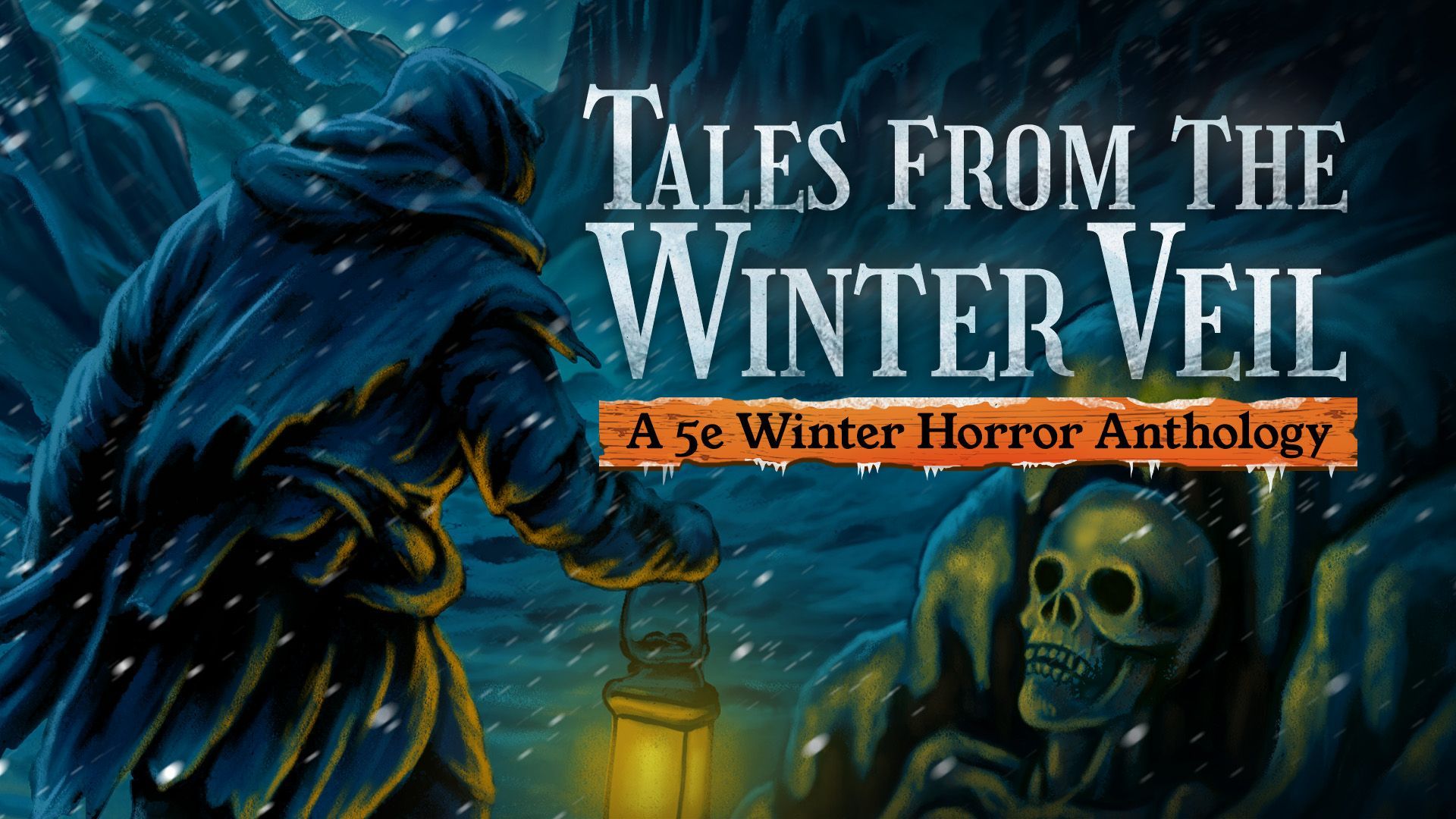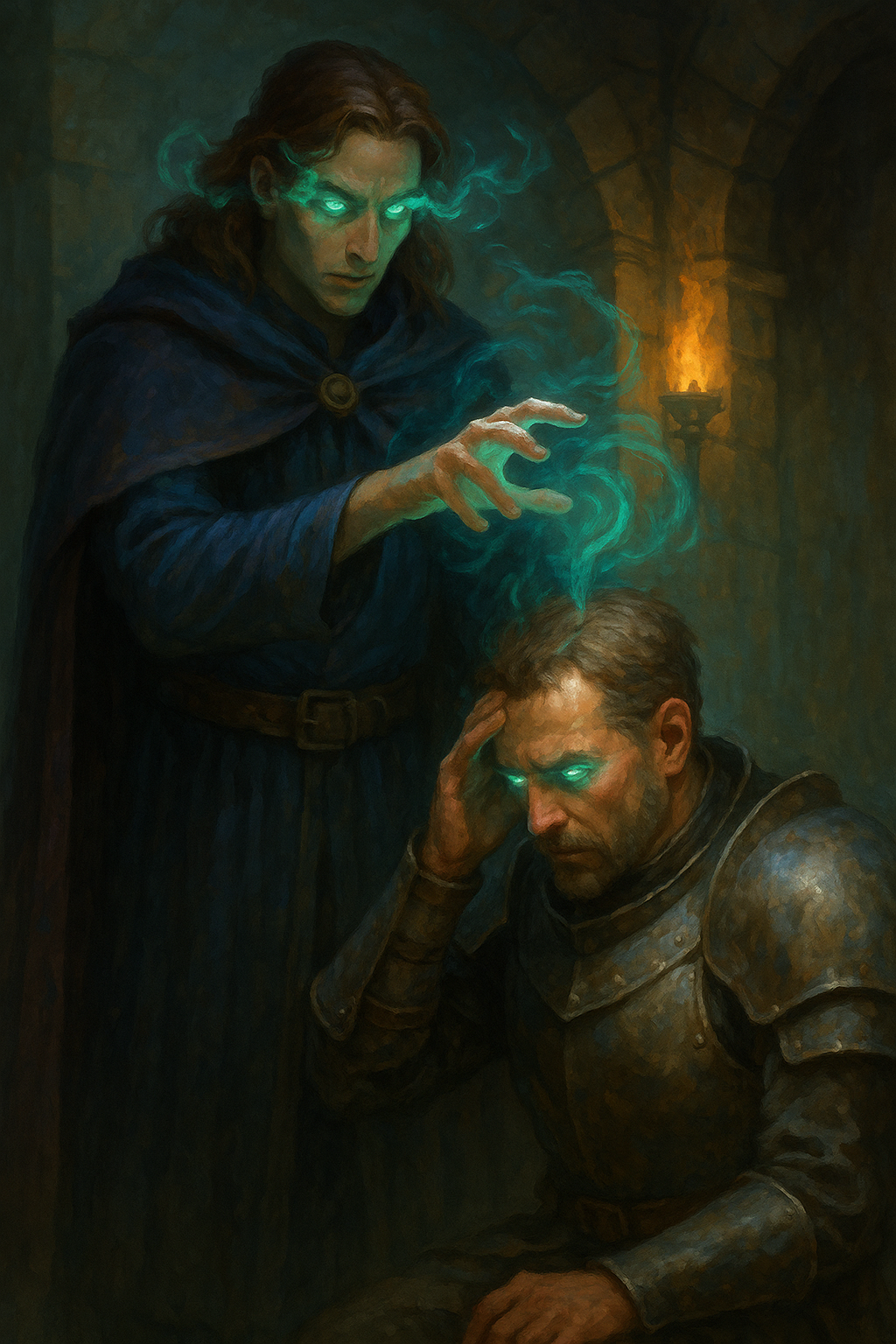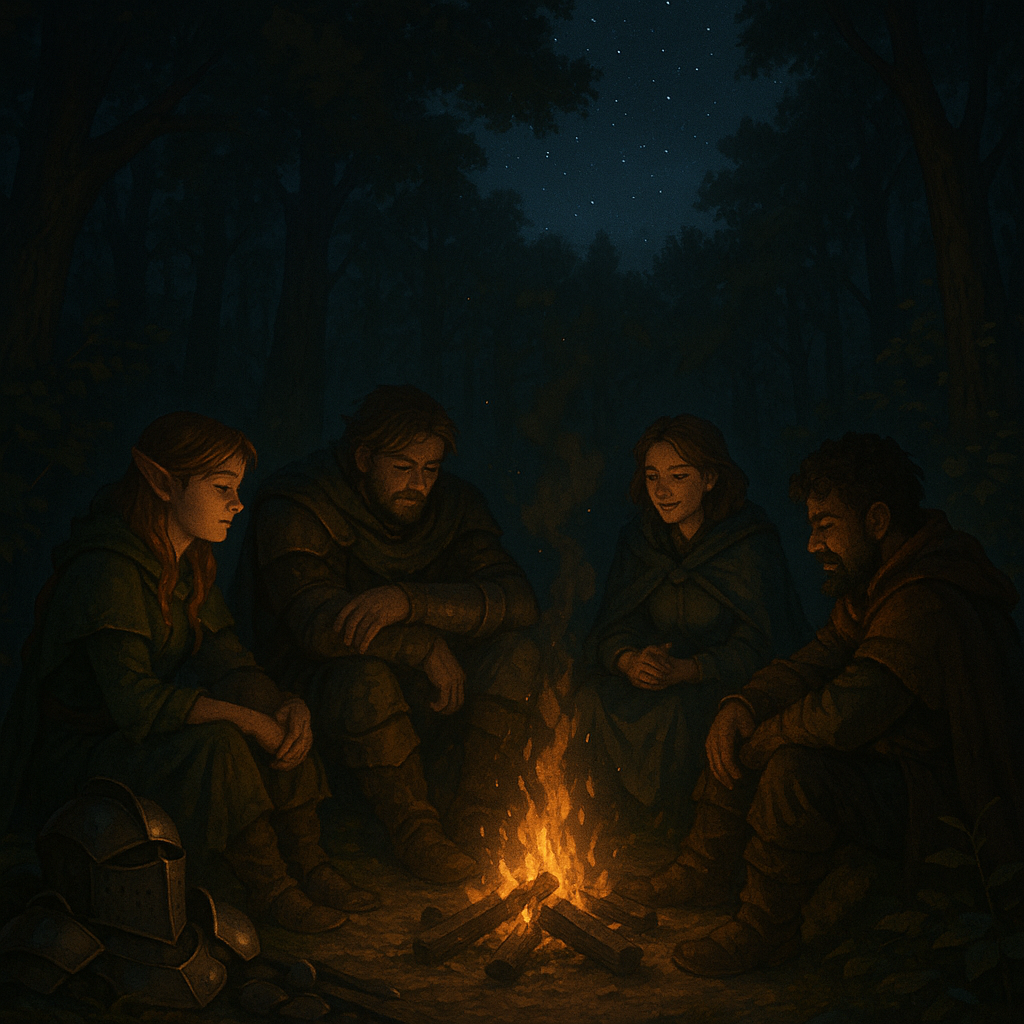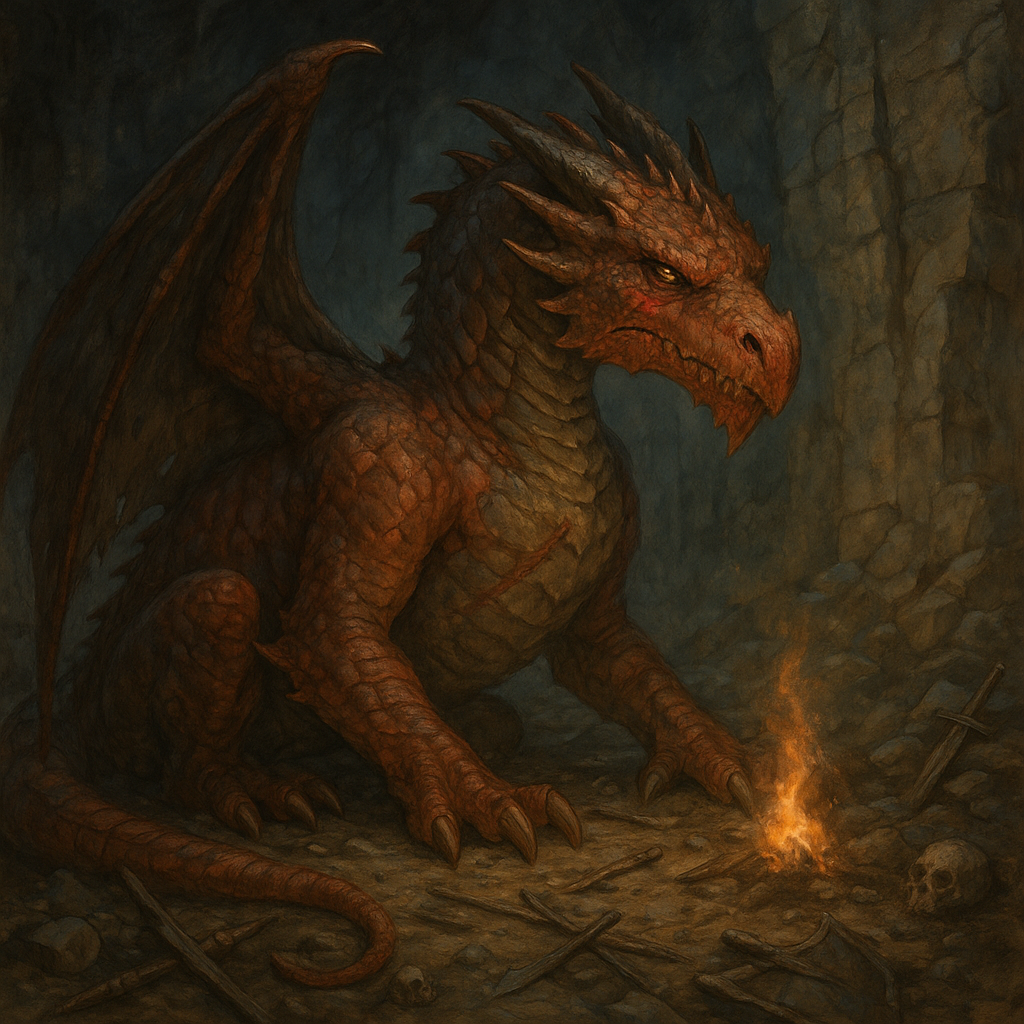Player-Driven World Building: Co-Creating Your Setting
Why do all the work yourself?

Dear Readers,
The Dungeon Master’s role has always been painted with broad strokes of responsibility. We are the architects of worlds, the voices of countless characters, and the keepers of rules both sacred and mutable. For decades, the assumed default has been that the Dungeon Master shows up with a fully realized world, or at least a convincing illusion of one, and the players simply step into it like actors onto a stage. They improvise within the boundaries, but the scenery, the scripts, and the skeleton of the story already exist.
But times are changing, Dear Readers.
Increasingly, Dungeons & Dragons tables are embracing a more collaborative approach: player-driven world building. Instead of presenting your players with a sealed world bible, you invite them to help sketch the continents, breathe life into cultures, and even shape the histories that ripple into the present campaign. This doesn’t lessen the DM’s role; rather, it transforms it into something more communal, more creative, and in many cases, more fun.
Today’s post is about this philosophy and practice of co-creating your campaign setting. We’ll talk about why you might want to do it, how to set boundaries, methods you can use, and the surprising benefits that come when everyone at the table has a stake in the world itself.
1. Why Player-Driven World Building?
Before we talk about methods, let’s talk about why. Why give away some of the traditional authority of the DM’s chair? Why not just hand players the setting and let them play in it?
A. Buy-In
When players have had a hand in making the world, they care more. If one of your players invented the northern kingdom’s tradition of seasonal gladiatorial festivals, you can bet they’ll be excited when those festivals come into play.
B. Shared Creativity
No DM, no matter how skilled, can match the collective imagination of the whole table. Letting players help build the world enriches it with perspectives you wouldn’t think of yourself.
C. Organic Story Hooks
Player-created details are natural seeds for storylines. If a player describes a ruined tower near their hometown, you can bet the party will be curious about what’s inside.
D. Reducing DM Burnout
World-building alone can be exhausting. Sharing the load not only eases your prep, it makes the world feel less like “your homework” and more like “everyone’s shared canvas.”
E. Player Empowerment
For players who love creativity, this approach is energizing. It’s also particularly helpful for shy players; when their ideas become canon in the setting, they often feel more invested and validated.
2. Setting Boundaries: The DM Still Matters
Now, some DMs worry: if players are shaping the world, what’s left for me to do?
Plenty.
The DM’s role in a co-created setting is to guide, curate, and synthesize. You are still the world’s referee, its physics engine, its ultimate storyteller. What you’re doing is giving players brushes to paint part of the canvas—but you still decide the size of the canvas, the color palette, and the broad strokes of theme.
Set boundaries up front:
- Tone: Is this a grimdark setting? A high fantasy one? A playful, tongue-in-cheek world? Players need to know what lane to stay in.
- Rules of Reality: Are gods real? Is magic rare or common? What’s off-limits?
- DM Veto: Make it clear you can veto an idea if it breaks tone, rules, or fairness.
With these boundaries, co-creation doesn’t mean chaos. It means directed creativity.
3. Methods of Player-Driven World Building
There are many ways to let players help shape your world. Let’s break down some of the most effective.
A. Collaborative Session Zero
Session Zero isn’t just about character creation—it’s about setting the table for the world. During this session, invite players to co-create details.
Examples of prompts:
- Name a nearby town and something it’s famous for.
- Tell us about a holiday your character celebrates.
- Invent a rumor that circulates in your character’s region.
By the end, you’ll have a patchwork of player-driven details you can stitch into the broader setting.
B. Shared Map Creation
Hand players a blank hex map or outline of a continent. Ask each player to add a feature: a mountain range, a ruined city, a magical forest. Then ask them to describe one rumor or truth about that place.
This approach works wonders for sandbox campaigns where exploration is the point. Every region feels alive because it was born of collective imagination.
C. Personal Anchors
Ask each player to invent one NPC from their backstory who is alive and relevant. Then weave those NPCs into the setting as anchors. Maybe they grow into recurring allies or villains.
This ensures every player has a thread tying them to the world.
D. Lore and Mythology Contributions
Instead of dictating all religions, myths, and histories, ask players to contribute.
For example: “Your character grew up in the desert kingdom. Tell us about a local legend they would have heard as a child.”
Not only does this enrich the lore, but it roots the world in character perspective.
E. “Yes, And” Improvisation
During play, when a player asks about something, throw the ball back.
Player: “Does this town have a thieves’ guild?”
DM: “Good question. You tell me—what are they like?”
This technique is borrowed from improv theater, and it makes players feel like active participants in world shaping.
F. Rotating World-Building Turns
In some campaigns, you can formalize this by giving each player a turn each session to add one detail to the world. It could be an NPC, a location, or a cultural detail. Over time, these accumulate into a rich shared world.
4. Examples of Co-Creation in Action
Let’s ground this in practice.
Example 1: The Merchant Kingdom
During Session Zero, you ask each player to name a feature of their homeland. One player says their city is famous for glasswork. Another adds that the kingdom’s wealth comes from controlling a mountain pass. A third player invents a tradition of throwing massive street festivals.
Suddenly, you have a merchant kingdom defined by trade, art, and public spectacle—built not by you alone, but by the group.
Example 2: The Shattered Isles
On a shared map, each player draws one island. One is volcanic, ruled by fire cults. Another is covered in dense jungle ruins. Another is a bustling port. You now have a campaign archipelago with built-in adventure hooks.
Example 3: The Player’s Nemesis
A player creates a backstory involving an estranged sibling. You ask them to describe the sibling’s ambitions. They say, “He always wanted to become a knight.” You take that seed and evolve it: later in the campaign, the sibling shows up as a rival knight in the service of the enemy lord.
5. Techniques for Balancing Freedom and Consistency
Co-creation is powerful, but it can also create contradictions if you’re not careful. Here’s how to balance freedom with consistency.
A. Group Consensus
If one player invents something, invite the group to riff on it. This prevents one person’s ideas from dominating and makes the detail feel owned by everyone.
B. Retroactive Integration
If a player creates something on the fly, work it into your notes. Even if it’s spur-of-the-moment, treat it as canon going forward.
C. DM Synthesis
Always tie player details back into the broader world. If one player invents a thieves’ guild in the port city, maybe another’s rival NPC has ties to it. Connect the dots.
D. Use Soft Edges
When players invent details, leave room for ambiguity. If they describe a legend, don’t confirm all the details immediately. Later, you can twist it, deepen it, or reveal its truth.
6. The Emotional Payoff of Player-Driven Worlds
When players help build the world, magical things happen.
- Pride: Players feel proud when their contributions matter. “That’s the festival I invented!”
- Curiosity: They become eager to explore because they’ve planted seeds themselves.
- Immersion: The world feels more personal and real.
- Surprise: Even the DM gets surprised when players invent unexpected details.
Most importantly, the game becomes less about a DM entertaining players, and more about a shared act of creation.
7. Common Pitfalls (and How to Avoid Them)
Co-creation is wonderful, but it can go wrong. Let’s talk about pitfalls.
A. Spotlight Hogging
One player might dominate with too many ideas. Solution: distribute prompts evenly and rotate turns.
B. Tone Breaking
A silly idea might break the world’s mood. Solution: remind players of tone guidelines during Session Zero.
C. Analysis Paralysis
Too much open-ended freedom can stall creativity. Solution: give structured prompts, not blank slates. (“Tell me one holiday” is easier than “Invent a whole culture.”)
D. Canon Confusion
Details may contradict. Solution: write down everything and clarify as you go.
8. Advanced Methods for Experienced Groups
Once you’re comfortable with co-creation, you can get fancy.
Microscope-Style History
Use the storytelling game Microscope to collaboratively build your world’s history before the campaign starts. Players create eras, events, and scenes.
Player-Run Factions
Assign each player control of a faction in the world outside their characters. They make decisions for that faction between sessions, which ripple into the campaign.
Flashbacks and Legends
Invite players to run flashback scenes or myths as one-shots, embodying NPCs or legendary heroes. This builds lore in real time.
Rotating World Authority
In very experimental groups, rotate DM authority for world-building scenes. One player runs a city council meeting, another runs a divine vision.
9. Integrating Player-Driven Details Into Story Arcs
As DM, your job is to weave these details into arcs that matter.
- If a player invented a gladiatorial festival, make it central to a political plotline.
- If a player created a family heirloom, tie it to an ancient prophecy.
- If a player described a ruined tower, make it a dungeon with ties to the villain.
Never let details fade into the background. Use them as anchors for your arcs.
10. Case Study: A Campaign in Practice
Let’s imagine a full campaign shaped by co-creation.
Session Zero
You ask players to create hometowns. One invents a coastal fishing village plagued by sea monsters. Another invents a noble city-state with a corrupt senate. Another invents a wandering tribe who worship the stars.
Early Play
You run small adventures in each region, letting the PCs explore their own contributions. They protect the fishing village from sahuagin, navigate senate corruption, and join a star festival.
Evolution
As play continues, you tie these together. The sea monsters are secretly tied to the senate’s trade deals. The wandering tribe holds knowledge the others need.
Climax
In the final arc, the villain threatens all three regions. The players realize their own creations are interwoven into the climax.
The result: a campaign that feels deeply personal because every piece of it came partly from the players’ own imaginations.
11. The Philosophy of Shared Storytelling
At the heart of this approach is a philosophy: D&D is not a performance by the DM, but a collaboration by the table.
When you let players help build the world, you’re saying: this isn’t my story for you—it’s our story together. And that, Dear Readers, is what makes a game truly unforgettable.
12. Practical Tips and Tricks
- Keep a World Journal: Document every detail players invent. Treat it as canon.
- Use Index Cards: When a player invents something, write it on a card and place it on the table. Visible canon.
- Reward Creativity: Give inspiration when players contribute great details.
- Balance Player Agency: Let them shape the world, but remind them that actions have consequences.
13. Closing Thoughts
Dear Readers, Dungeons & Dragons has always been a game of imagination. For years, we assumed that imagination flowed one way: from DM to players. But the truth is, when imagination flows both ways, the game shines brighter.
Player-driven world building is not about giving up control. It’s about sharing joy. It’s about creating a setting that is richer, more surprising, and more deeply loved because it belongs to everyone.
So next time you start a campaign, resist the urge to hand your players a 40-page lore document. Instead, hand them a blank map. Hand them a prompt. Hand them permission. And then sit back and watch as your world comes alive in ways you never expected.
Until next time, Dear Readers…















